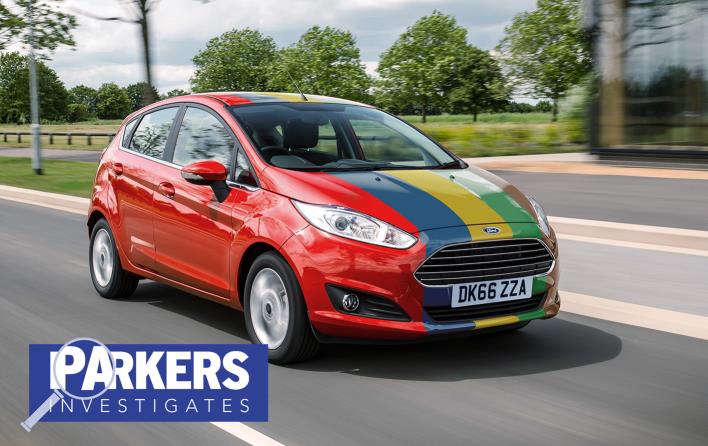 A Parkers investigation reveals that more than half of the most popular new models will cost consumers on average an extra £536 if they want to have a choice of more than one colour.
A Parkers investigation reveals that more than half of the most popular new models will cost consumers on average an extra £536 if they want to have a choice of more than one colour.
Car manufacturers have reduced the palette of solid colours available to just a single offering on 30 of the country’s most popular cars. For those companies offering only one free colour, consumers are charged on average an extra £292 for non-standard solid paints.
As metallic and matt types of paint cost more to produce, and the application process takes longer with more layers of base- and top-coats, it’s reasonable to expect an additional charge for something more sparkly.
White and black most popular; but usually cost extra
Sales data compiled by the Society of Motor Manufacturers and Traders (SMMT) confirmed that white was the most popular colour for new car sales in 2016, with 552,329 registrations. And yet, of those 50 popular ranges of cars sampled, only 26 are available with solid white as a ‘free’ colour.
Black is the second most commonly-chosen colour with 542,862 registrations. Only 14 of those 50 popular ranges have black as a no-cost option colour. This doesn’t seem fair on Britain’s hard-pressed car buyers amid ever-increasing fuel prices rises and 2017’s VED car tax changes.
One manufacturer spokesman who asked not to be identified confirmed Parkers’ suspicions: ‘The policy of charging more for certain shades of solid paint became more widespread during the recession to boost profitability, especially on smaller, less expensive cars.’
Across all of the UK’s most popular ranges (including those with more than one free standard colour), premium paint finishes will set car buyers back an average of £808.
Surely you’ll have more than one ‘free’ choice of paint with a MINI Hatch? Well, no – but unusually, the standard colour is a metallic: Moonwalk Grey. Of the other popular cars in our sample with only one standard shade, only the Kia Sportage’s paint is metallic.
If you’d prefer solid paint in Chilli Red, Pepper White or Volcanic Orange, you’ll pay a £475 premium – the same price MINI charges for its other metallic colours – despite being cheaper to produce. If you’re hankering after solid Lapisluxury Blue, that’s £750 extra.
MINI’s spokesperson told Parkers: ‘Our customers love to customise their vehicles and there are hundreds of thousands of possible combinations. In order to offer this level of customisation, options are priced to reflect the manufacturing and logistical requirements to facilitate them.’
What of the darling of the crossover crowd, the Nissan Qashqai? Plump for the least-expensive Visia DIG-T 115 at £18,795 and solid Flame Red is your only standard shade, with all of the optional colours being metallic (£575 extra) or pearlescent (an additional £745).
Nissan’s spokesman was tight-lipped on the reasons behind the restricted ‘free’ choice but suggested that ‘around 95% of Qashqai buyers choose a premium colour.’ With such a large volume of sales those extra-cost colours look particularly lucrative.
Parkers buying advice
Research all of the costs thoroughly before you set foot in a showroom so that you know exactly what you want, and play different dealers off against each other.
It’s worth remembering that cars in metallic colours usually have a higher resale value than their equivalents in solid colours. Rather than spending that average of £292 for an optional solid shade that a used buyer is less likely to appreciate the premium for – if you can budget for it – spend the extra £244 average cost for a metallic colour for a stronger residual value.
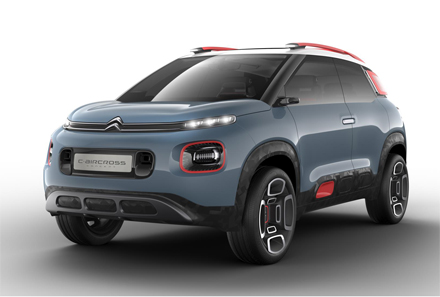 Citroën has revealed a new concept car – C-Aircross Concept.
Citroën has revealed a new concept car – C-Aircross Concept.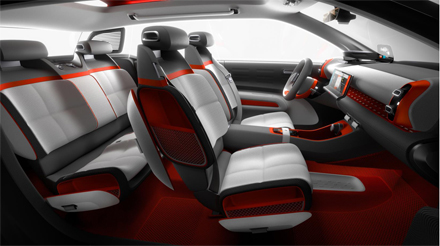
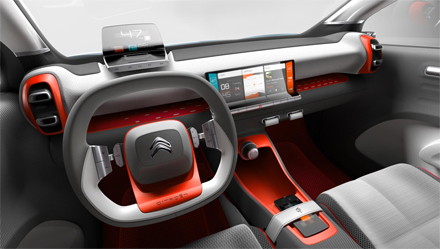

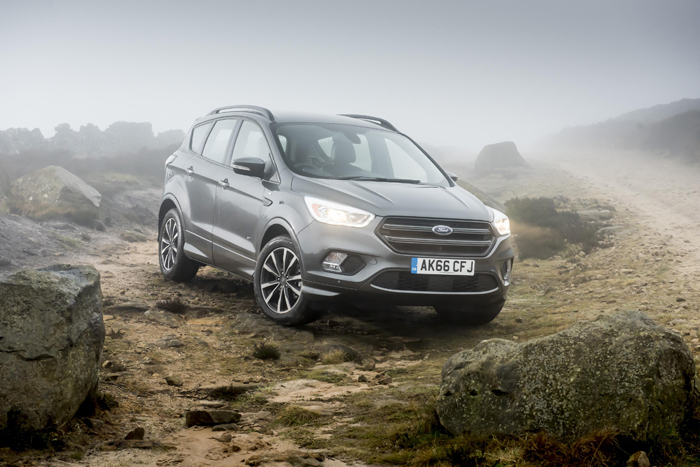 Motivated by a strong social conscience* and keen to rent, stream and share goods and services, the Millennial generation’s revolutionary approach to spending is changing how companies – including carmakers – do business.
Motivated by a strong social conscience* and keen to rent, stream and share goods and services, the Millennial generation’s revolutionary approach to spending is changing how companies – including carmakers – do business.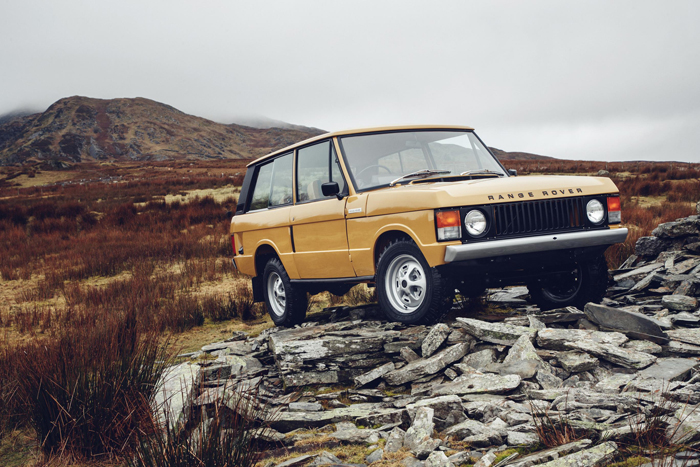 Salon Rétromobile 2017 will see the world debut presentation of the next in the ‘Reborn’ series of expertly sourced and comprehensively restored Classic Land Rovers.
Salon Rétromobile 2017 will see the world debut presentation of the next in the ‘Reborn’ series of expertly sourced and comprehensively restored Classic Land Rovers. A Parkers investigation reveals that more than half of the most popular new models will cost consumers on average an extra £536 if they want to have a choice of more than one colour.
A Parkers investigation reveals that more than half of the most popular new models will cost consumers on average an extra £536 if they want to have a choice of more than one colour. For the ŠKODA KODIAQ SPORTLINE, which will make its world premiere at the Geneva International Motor Show (7 to 19 March), a choice of two petrol and two diesel engines is available.
For the ŠKODA KODIAQ SPORTLINE, which will make its world premiere at the Geneva International Motor Show (7 to 19 March), a choice of two petrol and two diesel engines is available. ![gas-pump-883076_960_720[1]](https://4x4i.com/wp-content/uploads/2017/01/gas-pump-883076_960_7201.jpg) Saving money will most definitely be on the agenda for many this year but many neglect the expenses that derive from your vehicle.
Saving money will most definitely be on the agenda for many this year but many neglect the expenses that derive from your vehicle.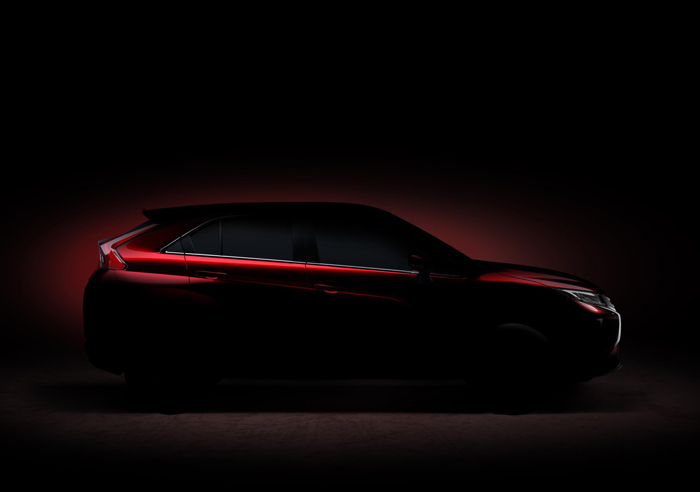 The forthcoming 2017 Geneva Motor Show marks a turning point for Mitsubishi Motors Corporation with the world premiere of its latest SUV – the first of a new generation of Mitsubishi Motors vehicles.
The forthcoming 2017 Geneva Motor Show marks a turning point for Mitsubishi Motors Corporation with the world premiere of its latest SUV – the first of a new generation of Mitsubishi Motors vehicles.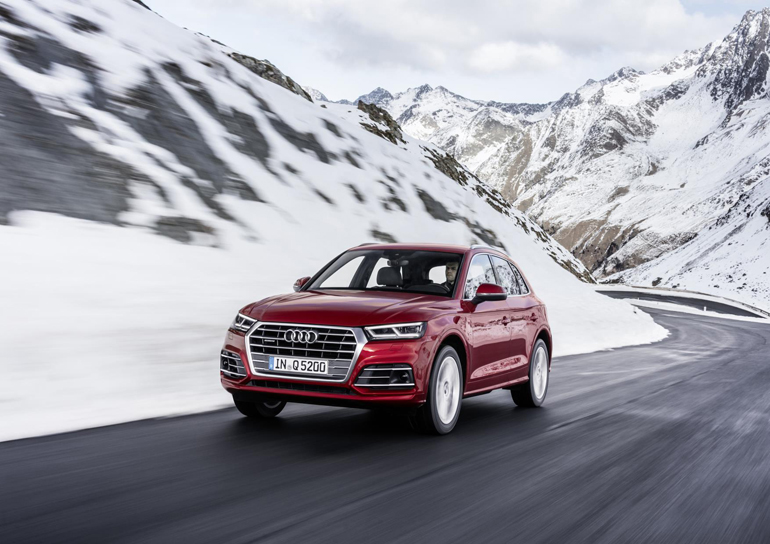 Audi is quattro and quattro is Audi – the famous all-wheel-drive system has been a defining feature of the Vorsprung durch Technik brand for over 35 years, and proof of that enduring appeal has been provided by the eight millionth quattro-equipped model to leave the production line.
Audi is quattro and quattro is Audi – the famous all-wheel-drive system has been a defining feature of the Vorsprung durch Technik brand for over 35 years, and proof of that enduring appeal has been provided by the eight millionth quattro-equipped model to leave the production line. White maintained its position as the UK’s most popular new car colour for the fourth year in a row in 2016, according to data published by the Society of Motor Manufacturers and Traders. More than half a million new car buyers chose the colour last year – a fifth of all registrations – although figures show its popularity is starting to fade with demand falling -2.1%, the first drop since 2005.
White maintained its position as the UK’s most popular new car colour for the fourth year in a row in 2016, according to data published by the Society of Motor Manufacturers and Traders. More than half a million new car buyers chose the colour last year – a fifth of all registrations – although figures show its popularity is starting to fade with demand falling -2.1%, the first drop since 2005.
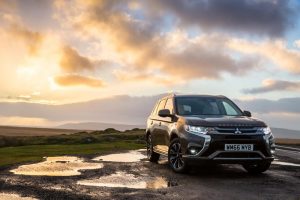 The Mitsubishi Outlander PHEV is the UK’s best-selling Plug-in Hybrid Electric Vehicle. At its introduction in 2014 it effectively created the ultra-low emission vehicle segment, notching up 10,000 sales in the UK within the first ten months and amassing a total sales figure of 26,600 by the end of 2016. The vehicle is derived from the third generation of the Mitsubishi Outlander (which pioneered the ‘cross-over’ vehicle design concept with the Mitsubishi Airtrek in 2001 and has sold 1.5 million units globally since launch) but was developed from the ground up to be driven by either an internal combustion engine or hybrid technology and as a result there are no compromises in terms of packaging, practicality or drving dynamics.
The Mitsubishi Outlander PHEV is the UK’s best-selling Plug-in Hybrid Electric Vehicle. At its introduction in 2014 it effectively created the ultra-low emission vehicle segment, notching up 10,000 sales in the UK within the first ten months and amassing a total sales figure of 26,600 by the end of 2016. The vehicle is derived from the third generation of the Mitsubishi Outlander (which pioneered the ‘cross-over’ vehicle design concept with the Mitsubishi Airtrek in 2001 and has sold 1.5 million units globally since launch) but was developed from the ground up to be driven by either an internal combustion engine or hybrid technology and as a result there are no compromises in terms of packaging, practicality or drving dynamics.